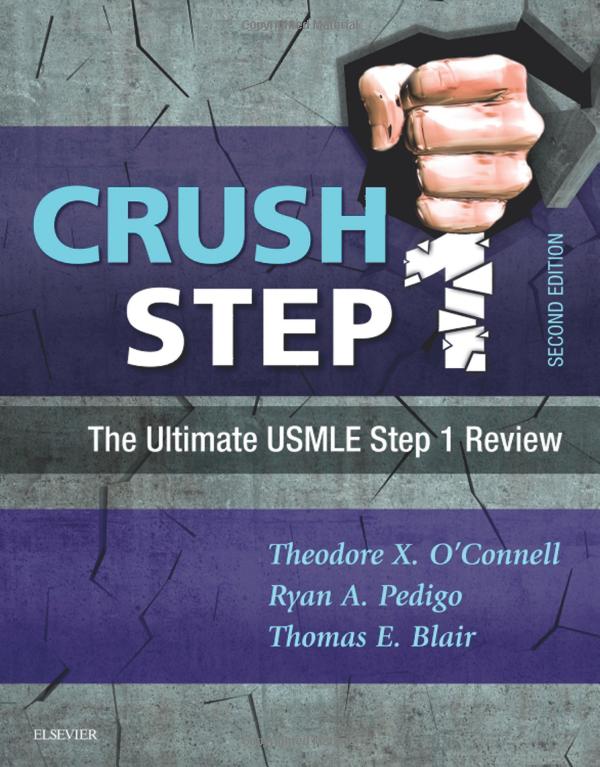A 16-year-old boy presents to his pediatrician for evaluation of a growing rash on his scalp for the past 6 weeks. The rash is mildly pruritic. He denies sore throat, drainage from the lesion, or joint pain. His past medical history is significant for multiple middle ear infections as a child which required bilateral tympanostomy tube placement when he was 8 years old. He has otherwise been healthy. The patient does not use any alcohol or drugs. He is a sophomore in high school and plays on his school’s junior varsity wrestling team. He does not take any medications. Vital signs are temperature 36.8°C (98.2°F), blood pressure 111/68 mmHg, pulse 72 beats/minute, and respirations 10/min. Physical examination reveals a 4 cm erythematous, annular lesion on the left temporal scalp with central clearing and broken hair shafts. There is minimal overlying scale and the lesion is mildly tender to palpation. No lymphadenopathy is present. No further rash is present on the body.
KOH prep of a skin scraping shows thin, long tubes branching at acute angles. The patient is diagnosed with a dermatophyte infection and started on oral griseofulvin. Which of the following is the correct mechanism of action of griseofulvin?
- A) Forms pores in the fungal cell membrane leading to leakage of cell contents
- B) Induces cytochrome P450 activity
- C) Inhibits ß(1,3)-D-glucan synthesis
- D) Inhibits ergosterol formation
- E) Inhibits mitosis of fungal cells at metaphase


